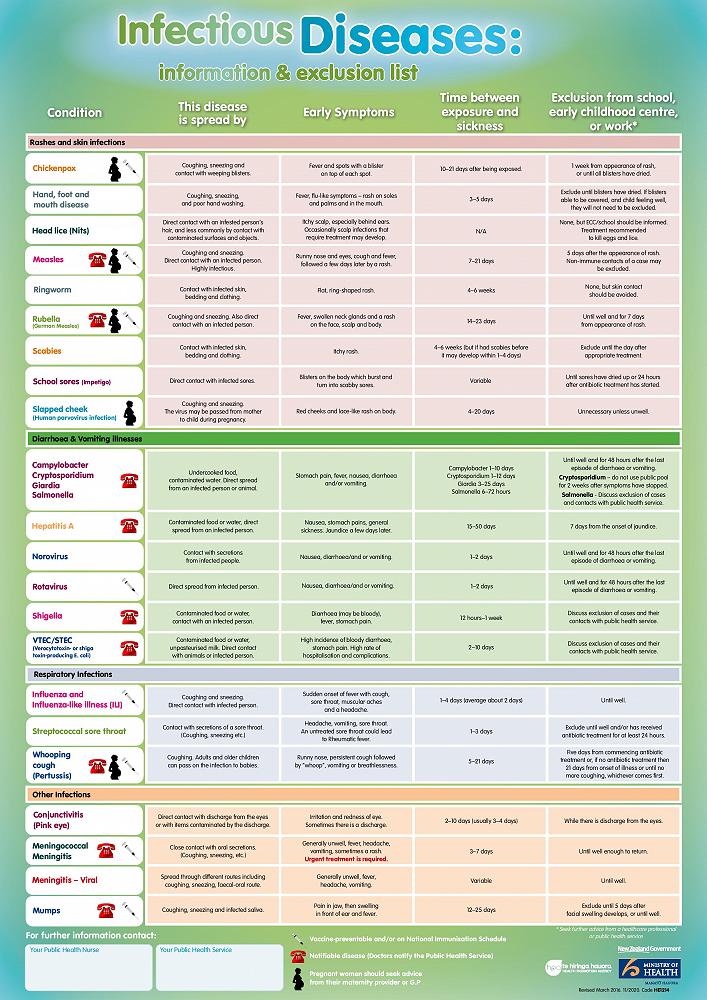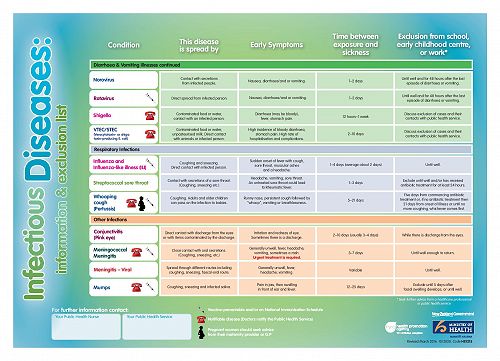
Notifiable childhood diseases
We have had a confirmed case of Hand, foot and mouth virus at school. Please remind your young people to keep up their good hygiene practices, by washing their hands often.
Anyone can get hand, foot and mouth disease, but it is most common in children under 10. Preschool children tend to get sicker.
If your child has hand, foot and mouth disease, they’ll have painful sores in their mouth and a rash with blisters on their hands and feet.
Hand, foot and mouth disease is spread by coughing or sneezing, or by blisters of an infected person.
Children are contagious (‘catching’) for around 7–10 days.
Keep your child home from childcare or school until blisters have dried.
- Frequent hand washing helps decrease the chance of becoming infected.
- Staying away from others who have the disease and not sharing toys during the infection also helps prevent the disease.
Symptoms include:
Mild fever is usually the first sign of hand, foot and mouth disease. This starts 3–5 days after your child has been exposed to the disease.
After the fever starts, your child may develop other symptoms, including:
- painful red blisters on their tongue, mouth, palms of their hands, or soles of their feet
- loss of appetite
- a sore throat and mouth
- a general feeling of weakness or tiredness.
The disease is usually mild and lasts 3–7 days.
Treatment:
The only medicine recommended for hand, foot and mouth disease is paracetamol.
Most blisters disappear without causing problems. In the mouth, however, some may form shallow, painful sores that look similar to cold sores. If your child’s mouth is sore, don’t give them sour, salty or spicy foods.
Make sure they drink plenty of liquids to avoid getting dehydrated.
Call Healthline 0800 611 116 if you are unsure what you should do.
Ministry of Health information
Gallery


